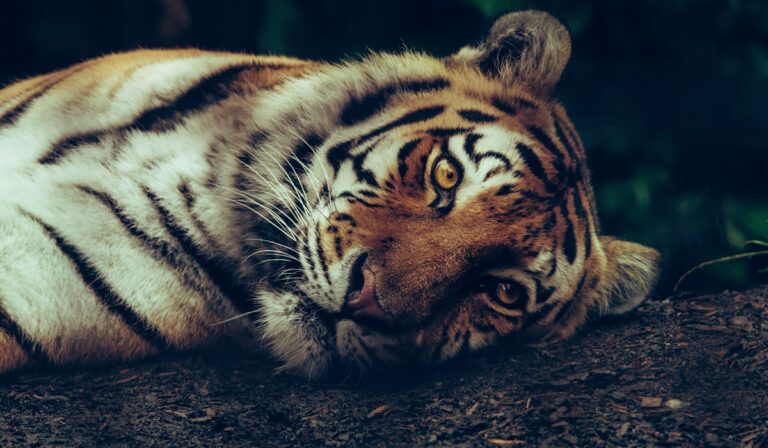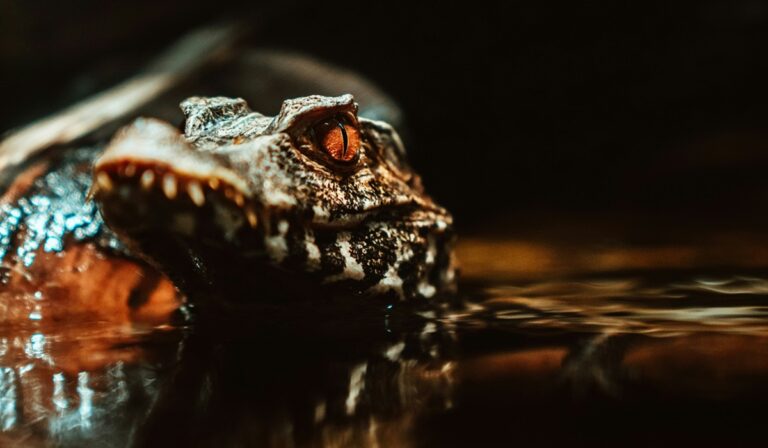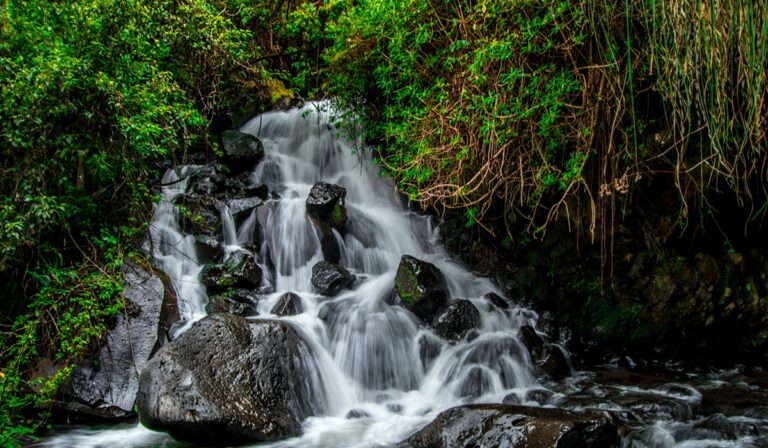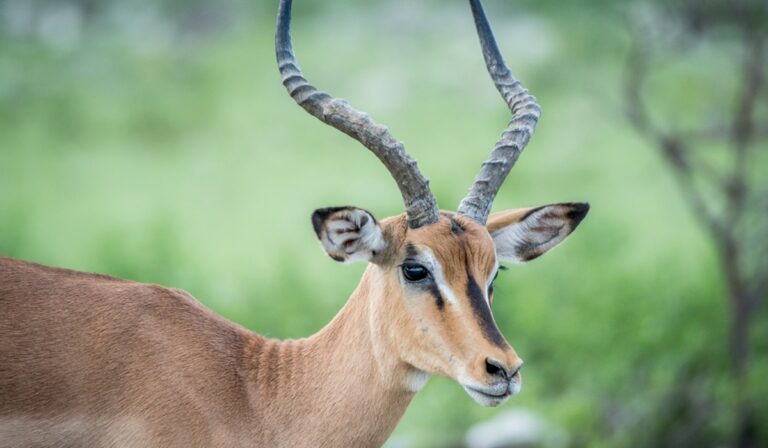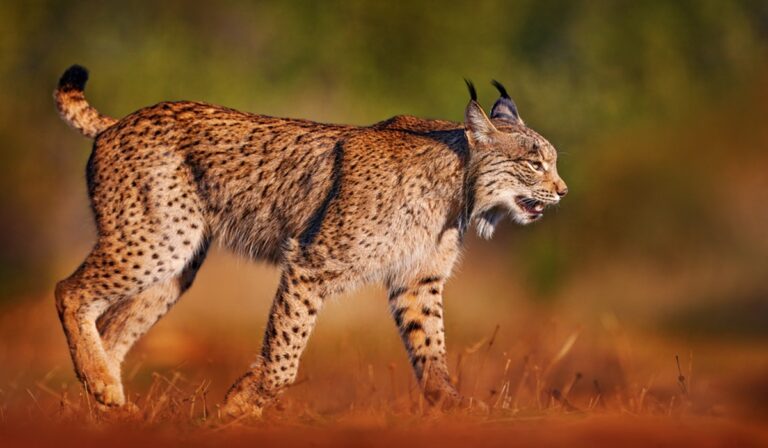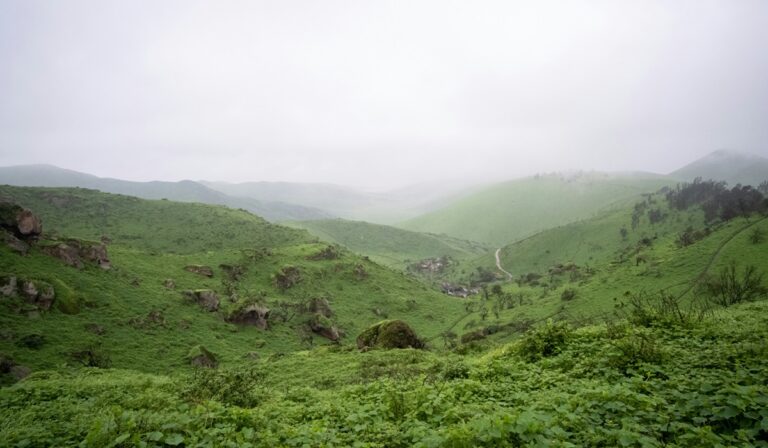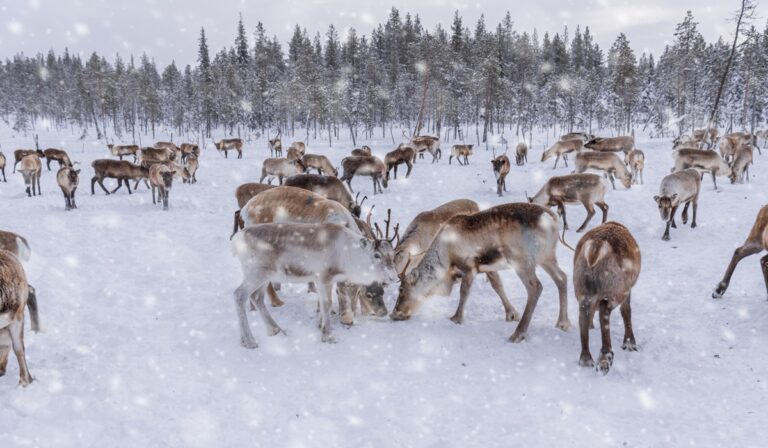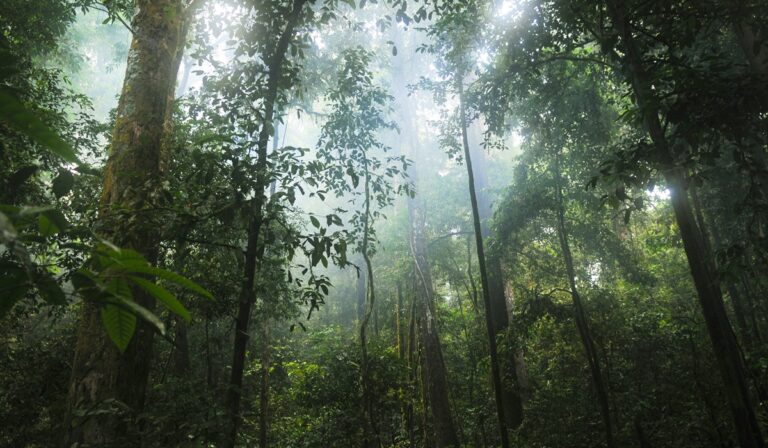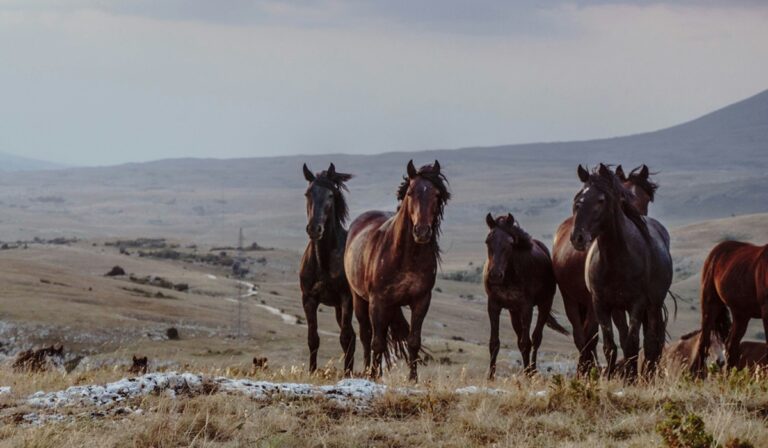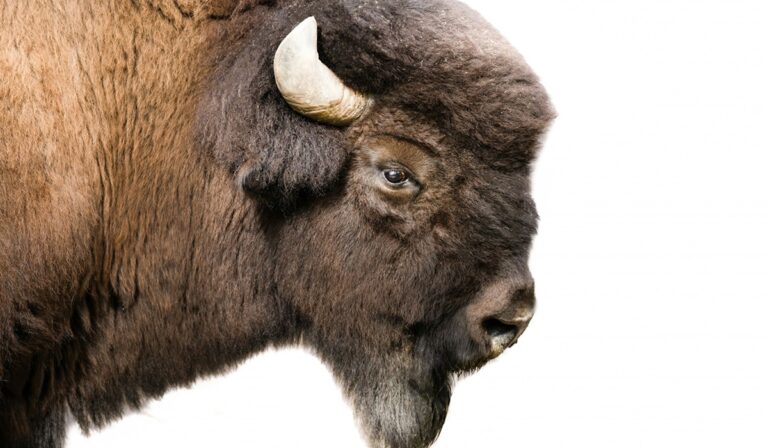Thai tiger numbers swell as prey populations stabilize in western forests
The tiger population density in a series of protected areas in western Thailand has more than doubled over the past two decades, according to new survey data. Thailand is the final stronghold of the Indochinese tiger, the subspecies having been extirpated from neighboring Cambodia, Laos and Vietnam over the past decade due to poaching, habitat loss and indiscriminate snaring.
Thai tiger numbers swell as prey populations stabilize in western forests Read more

